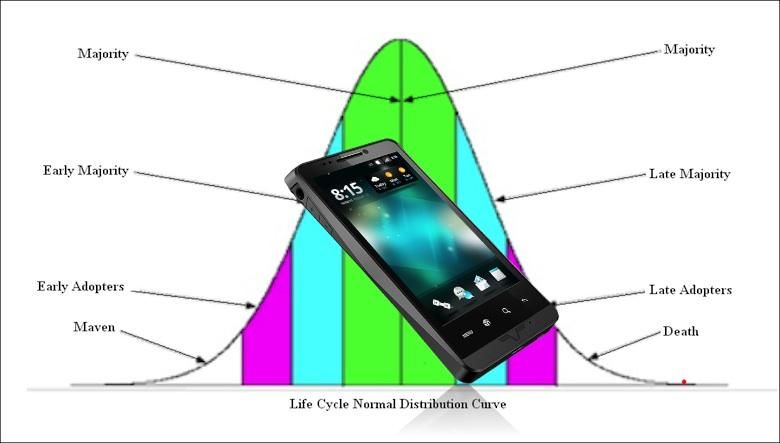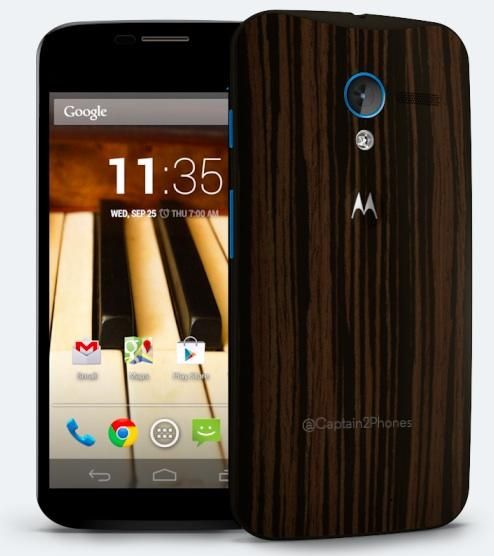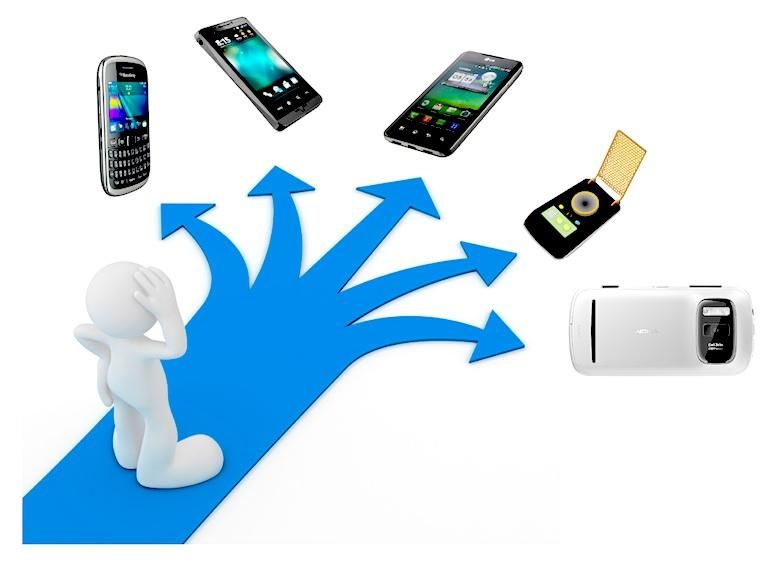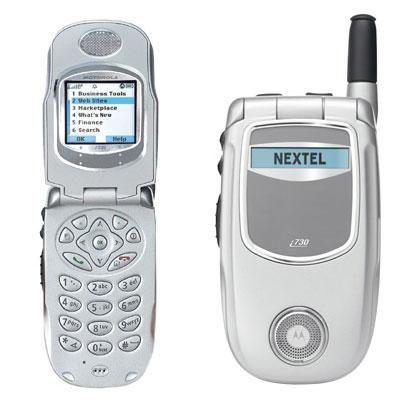I’m writing this literally minutes after pulling the trigger on a new Moto X purchase. It will be at my doorstep in five days, and it’s exactly the phone I’ve wanted ever since Motorola unveiled the line back in July.
So why didn’t I get it earlier? The Moto X has been on sale for months – so long, in fact, that we’ve already published our durability report and an After The Buzz re-review of the plucky little smartphone from Google. Sure, today’s hour-long sale provided a little nudge, but my impulse control isn’t honed enough to resist buying a drool-worthy phone for five hours, let alone five months. So why’d I wait so long?
Well, because the version I wanted didn’t even exist until a few days ago.
Hello, beautiful.
Yep: my dream Moto X was one of the wooden-backed versions which have taken so long to show up since last summer. While I’ve been carrying another customized design since just after launch, this ebony-backed version is the one I’ve been waiting for. And I had to wait five months for it. There was literally no other option.
In that way, I’m very glad that I didn’t pay for my first customized Moto X (It’s actually the Moto Maker demo unit, and until we finally send it back you’ll probably see it pop up in features and comparisons here and there). But even if I had, I wouldn’t expect any sympathy for succumbing to impatience: I knew the wooden ones were coming, after all.
But it’s still a little annoying. And it’s one of the many hardships early adopters face in our topsy-turvy world of never-ending smartphone upgrades.
But what about changes you don’t know are coming? Like the Nexus 5 design alterations we reported on last month, wherein the hardware was modified to correct widespread issues found in the first batch of devices? The “new” Nexus 5 may look a whole lot like the first-run phone, but from the speaker grills to the SIM tray to the hardware keys, it’s got a legion of small but significant bug fixes in it. Kinda like what happened with the Nexus 4 a year prior. If you bought early, you got stuck with what ended up being an inferior product.
I’m not telling you anything you didn’t already know, of course. This isn’t what you’d call a “new” problem. About a decade ago, shortly after I went to work at Nextel (back when Nextel was a thing), Motorola released a long-awaited iDEN phone called the i730. People had anticipated this device for months upon months, and when it finally landed … well, quite a few of the production models didn’t live up to expectations. The reception problems, build quality issues, and generally crappy performance weren’t fixed until the release of the “i730T” nearly a year later. As you might expect, the i730T’s was a quiet rollout.
Hello Moto memories.
We’re picking on Motorola here, but the Nexus examples came to us courtesy of LG. Nokia has seen deviations from older to newer batches in its Lumia line. Apple is no stranger to quality control problems, either.
So being an early adopter isn’t a problem confined to a particular brand or category. It’s just not logical to be one of the first in line for a new product, no matter who makes it or how many promises of perfection it comes wrapped in. So why do we do it?
I say it’s love.
Like this, but way less socially acceptable.
Think about it: early-adopter’s disease is a potent one. You’re spending significantly more on a product -up to twice or three times the later amount, in some cases- if you buy it on launch day. When it has a strong chance of being a significantly inferior product. Because of your irrational and totally illusory need to experience it as soon as possible.
Come to think of it, that sounds more like drug addiction than love. ‘Course, you could make the point that the two probably aren’t all that dissimilar, chemically, but then you’d be on a website that’s not called “Pocketnow.” Or … okay, maybe it’d still have the same name, but the content would be … you know what? Forget it.
I’m sorry. I’ll be done in a second.
My colleague Stephen Schenck summed it up a bit more succinctly in a conversation we had earlier today:
Well, it’s not like there’s a clearly right way to behave. In the end, it’s a balancing act of values, and we wouldn’t be buying all this stuff on day one if we didn’t place more value in being a part of the cutting edge than being people more concerned with value and options.
Is that it? Is it just a need to experience the “cutting edge” that’s behind our willingness to defy all common sense to wait in line for the next brand-new smartphone? And if so, is that somehow less intelligent? Is it “right?”
Truth is, I have no idea. Personally, despite all the disadvantages I have to admit that I’m still all about the early-adopter lifestyle. Whether that makes me a bag full of misplaced love or a techno drug addict or just a plain old “consumer whore,” for better or worse I’m still happy to be a member of the club. Is it smarter to go the other route? Probably. But the smarter choice isn’t always the better one.
Right?
•
Agree? Disagree? Need the question restated? Drop us a line in the comments and tell us your opinion of early-adopter syndrome, then unwind a little by taking a stab at our smartphone guessing game!






